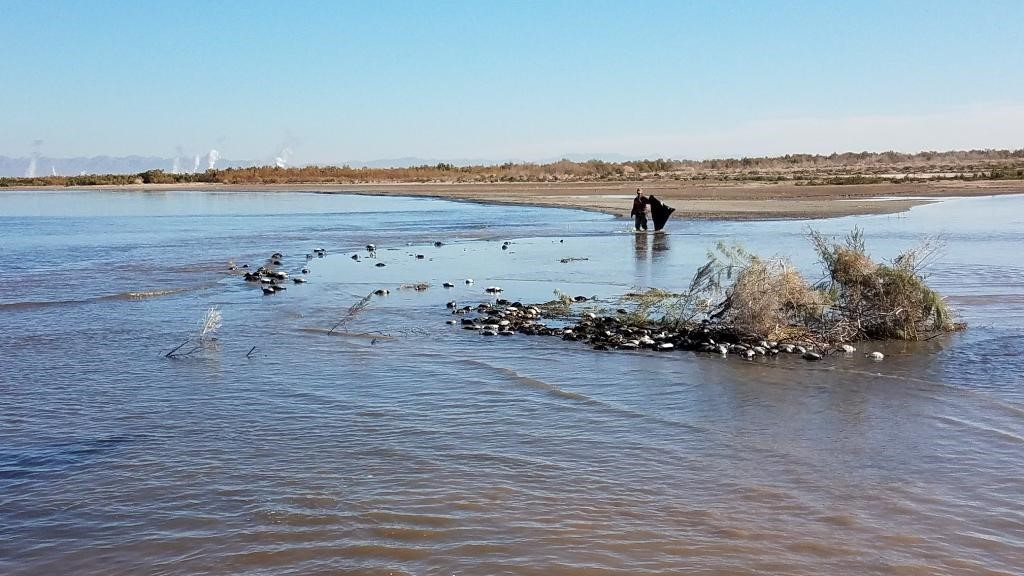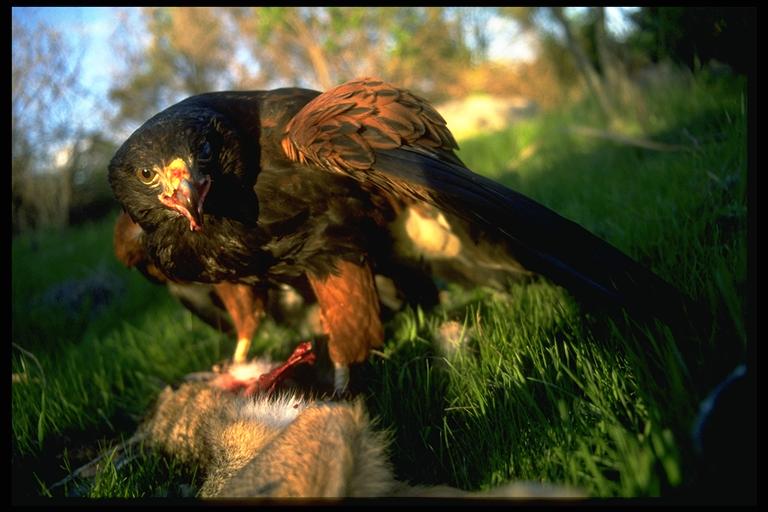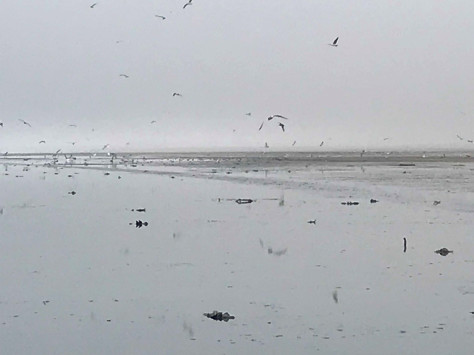From Sportfishing
Fish Report for 1-23-2019

Water Bird Die-off at Salton Sea
1-23-2019
CDFW
Thousands of water birds died of an avian cholera outbreak at the south end of the Salton Sea between Jan. 8-17. Outbreaks like this one occur annually as a result of birds flocking closely together during migration.
On Jan. 8, the California Department of Fish and Wildlife (CDFW) began receiving reports of hundreds of dead birds at the south end of the Salton Sea from local waterfowl hunters and staff at the Sonny Bono National Wildlife Refuge (SBNWR). CDFW investigated the event and discovered over a thousand bird carcasses concentrated around Bruchard Bay west of the New River. Over the next week, staff from CDFW and SBNWR collected more than 1,200 carcasses consisting of mainly Ruddy Ducks, Northern Shovelers, Black-necked Stilts and Gulls. Most carcasses were incinerated at SBNWR to reduce the spread of disease; however, several samples were shipped to the CDFW Wildlife Investigations Lab in Rancho Cordova to determine the cause of death. The samples tested positive for avian cholera.
Avian cholera is an infectious disease caused by the bacterium Pasteurella multocida. Outbreaks occur annually during the winter in California and may result in the deaths of thousands of birds. Waterfowl and coots are the most commonly affected. Pasteurella multocida is released into the environment by dead and dying birds or asymptomatic carriers, and is transmitted through direct bird-to-bird contact or through the ingestion of contaminated food or water. Predatory and scavenging birds may acquire avian cholera by feeding on infected birds. Avian cholera is transmitted easily between birds when they flock together in high densities. Birds are most susceptible to the disease during stressful periods, especially during the winter months when birds congregate at key water sources during migration, and the weather is cold and damp.
CDFW staff will continue monitoring and collecting carcasses around the Salton Sea over the next few weeks. CDFW’s Bermuda Dunes Field Office, Wildlife Investigations Lab and local game wardens will continue to coordinate with partners, including staff at SBNWR and the Imperial Wildlife Area – Wister Unit to share information and prepare to respond should the die off increase.
Photos
< Previous Report Next Report >
More Reports
California Department of Fish & Wildlife Reports
for Saturday, January 19th, 2019
• Recreational and Commercial Dungeness Crab Fisheries to Open in Humboldt County
• CDFW Investigating Die-Off of Desert Bighorn Sheep

1-18-2019
Question: How can we discourage hawks from eating their prey in our backyard? Two days ago we watched a hawk eat...... Read More

Website Hosting and Design provided by TECK.net
